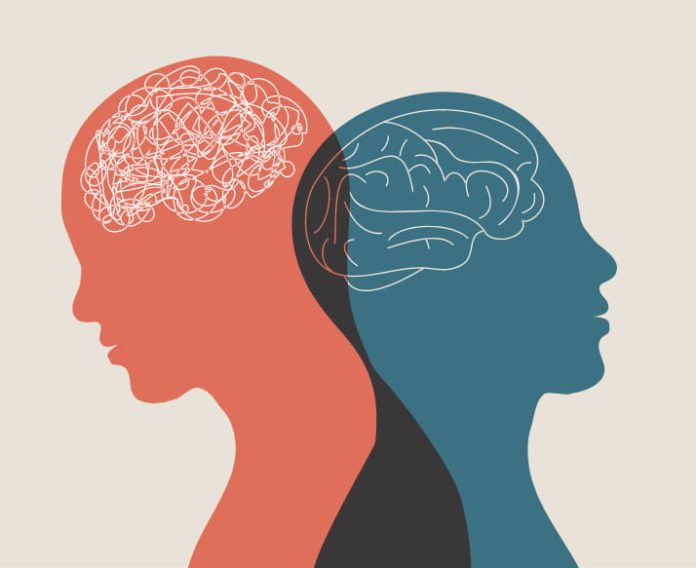Mindful visualization, an age-old practice rooted in contemplative traditions and embraced by modern psychology, is a potent tool for fostering mental well-being, enhancing performance, and achieving personal growth. This article aims to provide a detailed exploration of mindful visualization, delving into its techniques, benefits, and diverse applications across various aspects of life.
I. Understanding Mindful Visualization:
Mindful visualization involves the intentional use of mental imagery to create vivid and detailed scenes within the mind’s eye. This practice draws inspiration from mindfulness, emphasizing present-moment awareness, and guided imagery, which encourages the creation of positive and purposeful mental images. Unlike idle daydreaming, mindful visualization is a focused and purposeful activity that engages the senses and emotions, making it a powerful technique for personal development and stress reduction.
II. Techniques of Mindful Visualization:
a. Preparation and Relaxation:
- Find a quiet and comfortable space where you can sit or lie down without distractions.
- Take a few deep breaths to center yourself and release tension.
- Allow your body and mind to enter a state of relaxation.
b. Setting an Intention:
- Clearly define the purpose of your visualization. Whether it’s reducing stress, achieving a goal, or enhancing a skill, having a specific intention guides the process.
c. Creating a Vivid Image:
- Engage your imagination to construct a detailed mental image related to your intention.
- Incorporate all the senses—sight, sound, touch, smell, and taste—to make the visualization as realistic as possible.
d. Mindful Presence:
- Maintain a mindful presence throughout the visualization. Be fully engaged in the mental imagery, observing it without judgment and allowing it to unfold naturally.
e. Positive Emotions:
- Cultivate positive emotions associated with the visualization. Allow feelings of joy, confidence, or gratitude to arise naturally as you immerse yourself in the mental scene.
f. Repetition and Practice:
- Like any skill, mindful visualization improves with practice.
- Incorporate it into your routine, repeating the process to strengthen its effectiveness over time.
III. Benefits of Mindful Visualization:
a. Stress Reduction:
- Mindful visualization activates the relaxation response, reducing stress hormones and promoting a sense of calm.
b. Enhanced Performance:
- Athletes and performers use mindful visualization to mentally rehearse successful outcomes, enhancing skills and boosting confidence.
c. Improved Well-being:
- Regular practice is associated with improved mood, increased optimism, and an overall sense of well-being.
d. Increased Focus:
- Engaging in focused mental imagery enhances concentration and cognitive performance.
e. Goal Achievement:
- Visualizing the successful accomplishment of goals strengthens motivation and commitment.
f. Pain Management:
- Mindful visualization is employed in pain management to help individuals cope with discomfort and promote relaxation.
IV. Practical Applications of Mindful Visualization:
a. Performance Enhancement:
- Athletes, musicians, and actors use mindful visualization to mentally prepare for successful performances.
b. Stress Reduction:
- Individuals facing stress or anxiety can use mindful visualization to create mental spaces of calm and relaxation, reducing the impact of stressors.
c. Goal Setting and Achievement:
- Visualizing the successful accomplishment of goals enhances motivation and increases the likelihood of achievement.
d. Health and Healing:
- In healthcare settings, mindful visualization is incorporated into therapeutic interventions to support healing processes and improve overall well-being.
e. Creativity and Problem-Solving:
- Visualizing creative solutions or successful problem-solving scenarios enhances creative thinking and decision-making.
f. Self-Discovery:
- Mindful visualization can be a tool for self-exploration, helping individuals gain insights into their values, aspirations, and personal growth.
Conclusion:
Mindful visualization stands as a versatile and transformative practice, offering individuals a means to tap into the power of the mind for positive change. Whether used for stress reduction, performance enhancement, or personal development, the intentional creation of mental imagery provides a valuable avenue for navigating the complexities of the mind and fostering a more positive and resilient mental state. Embracing mindful visualization as a regular practice can unlock its full potential, contributing to a heightened sense of well-being and a more purposeful and intentional life.







